calsfoundation@cals.org
Rosie (Independence County)
The community of Rosie is located in Independence County on Highway 14 (Newport Road), almost halfway between Batesville (Independence County) and Newport (Jackson County). Because of the typography and family ties, the Rosie community is more closely associated with Newport than with Batesville. The “bottoms” of Oil Trough (Independence County) are only six miles away. Rosie lies in the transitional area from flat lands to Ozark hills. The White River is only a mile and half to the east, so Rosie has traditionally been part of the White River valley culture with its riverboats and adventurers.
The Rosie community was initially called White Run, with the first post office located at the confluence of Salado Creek and the White River near the ferry owned and operated by John Wyatt (later known as the Russell Ferry). White Run’s post office opened on December 29, 1819, with Peyton Tucker as postmaster, making it the first post office in what is now Independence County, as Poke Creek Post Office in what is today Batesville did not open until November 7, 1820.
Many people residing in Rosie today are descendants of the first families to settle in the community, such as Hooper, Wyatt, Kramer, Tucker, Cook, Dodd, Martin, and Robertson. One of the first to venture into the foothills near the White River was Revolutionary War veteran Benjamin Hardin of North Carolina, settling in the Goodie Creek Valley east of Rosie. He is buried in the Wyatt Cemetery in Rosie. His daughter, Nancy Hardin, married William Martin, a veteran of the War of 1812; both are buried in the Wyatt Cemetery. The pioneering Cook family crossed the Mississippi River in the 1840s from Tennessee coming to Independence County. George Cook served in the Arkansas cavalry during the Civil War. After the war, he became a leader in the Rosie/Oil Trough area for the Agricultural Wheel, a state farmers’ union.
The community has been called Rosie since the post office, located on the John Saffold Dodd farm, opened in 1888 (the White Run post office had been discontinued on July 30, 1833). The first postmaster was Mary Ann Dodd, daughter of John Dodd and Mary Woods. John Dodd was a leading citizen of the town and wanted the name to be Edna for his other daughter, but there was said to be an Edna post office already, so “Rosie” was written to the side of the application, believed to be for all the roses blooming around the post office building at the time. The original post office was located on John Dodd’s farm near where Goodie Creek runs into the White River. The post office was moved to its present location in Rosie on December 12, 1895, with John M. Robertson as postmaster, transferred from nearby Salado (Independence County). The present post office was built in 1974.
At the beginning of the twentieth century, Rosie was a booming town with 400 residents, including three physicians: William Abner (Will) Wyatt, his nephew Finis Quinton Wyatt, and John Marion Hooper, frontier doctors who drove buggies or rode horses to make house calls. Rosie also had three general stores.
By 1907, the Rosie school—a two-story wooden structure looking more like a frontier mansion than the stereotypical one-room school house—was fully functional. Under the Works Progress Administration (WPA) in the 1930s, Rosie built a new three-room rock school building which remained in use until consolidation with Southside (Independence County) in 1948–49. Students were given the opportunity to attend Oil Trough or Southside, but many chose Southside. The old school building was used as a movie theater for a time before being demolished. Two cotton gins, a grist mill, and a blacksmith shop were part of the bustling community of Rosie in the early twentieth century.
One of the deadliest episodes in Independence County history occurred in the early 1920s and concerned the Kickers, an organization against the government-ordered dipping of cattle for the eradication of ticks. Rosie was touched by this grassroots vigilante movement when barns were burned and a young Finis Wyatt (later the noted physician of the area) was fired upon while standing in his yard. Other parts of the county saw even more violence. On March 20, 1922, Charles Jeffrey, one of the inspectors, was killed from ambush on Hutchinson Mountain on the Jamestown Road, and his partner, Lee Harper, was wounded but survived.
Many Rosie residents today work in Batesville or Newport. The community has several active churches. The Rosie Baptist Church is more than 100 years old, having been organized by the Reverend James Purcelley in 1907. Land for the church was donated by John Robertson and Susan Jane Thomas Robertson, who also donated land for a Methodist church.
For additional information:
Crain, Tracy. “Rosie Once Had a Few Stores.” Arkansas Democrat-Gazette, November 12, 2000, Three Rivers Edition, p. 6S.
McGinnis, A. C. “A History of Independence County, Ark.” Special issue. Independence County Chronicle 17 (April 1976).
Mosier, Susan. “The 1922 ‘Tick War’: Dynamite, Barn Burning, and Murder in Independence County.” Independence County Chronicle 41 (October 1999–January 2000): 3–22.
Robertson, Brian K., and Nancy Britton. Independence County, Arkansas. Charleston, SC: Arcadia Publishing, 2001.
Kenneth Rorie
Van Buren, Arkansas
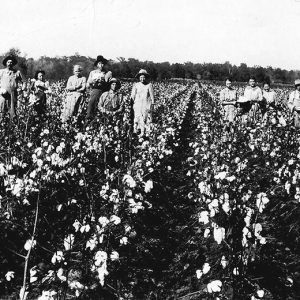 Cotton Picking
Cotton Picking 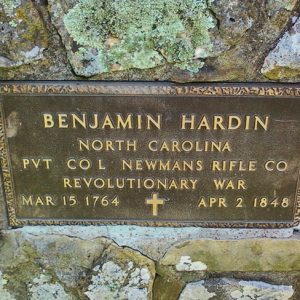 Benjamin Hardin Grave
Benjamin Hardin Grave 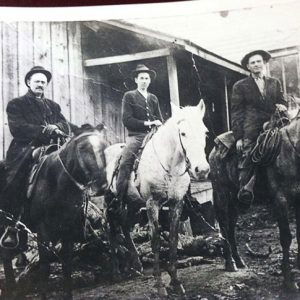 John Hooper & Sons
John Hooper & Sons 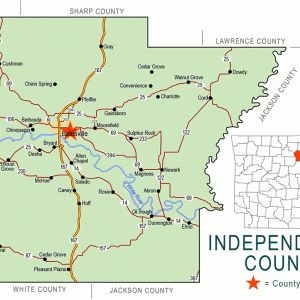 Independence County Map
Independence County Map 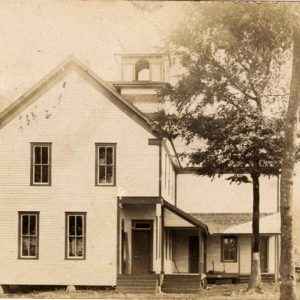 Rosie School
Rosie School 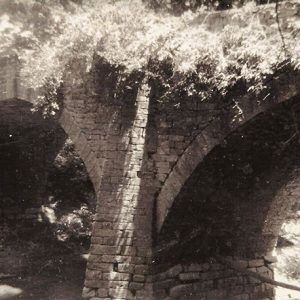 Salado Creek Bridge
Salado Creek Bridge 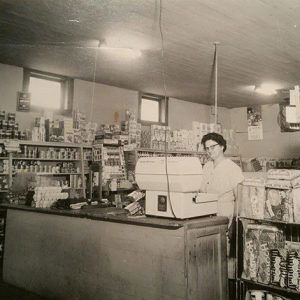 Wyatt Store
Wyatt Store 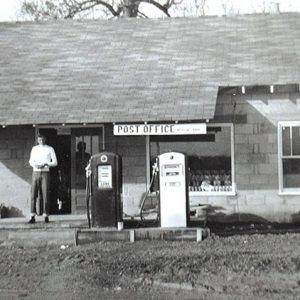 Wyatt Store
Wyatt Store 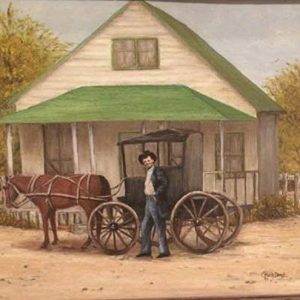 Dr. Will Wyatt's Office
Dr. Will Wyatt's Office 



Wasn’t there an Indian settlement in Rosie? Strange that I know of it from my family, the Trotters, but it is never mentioned.